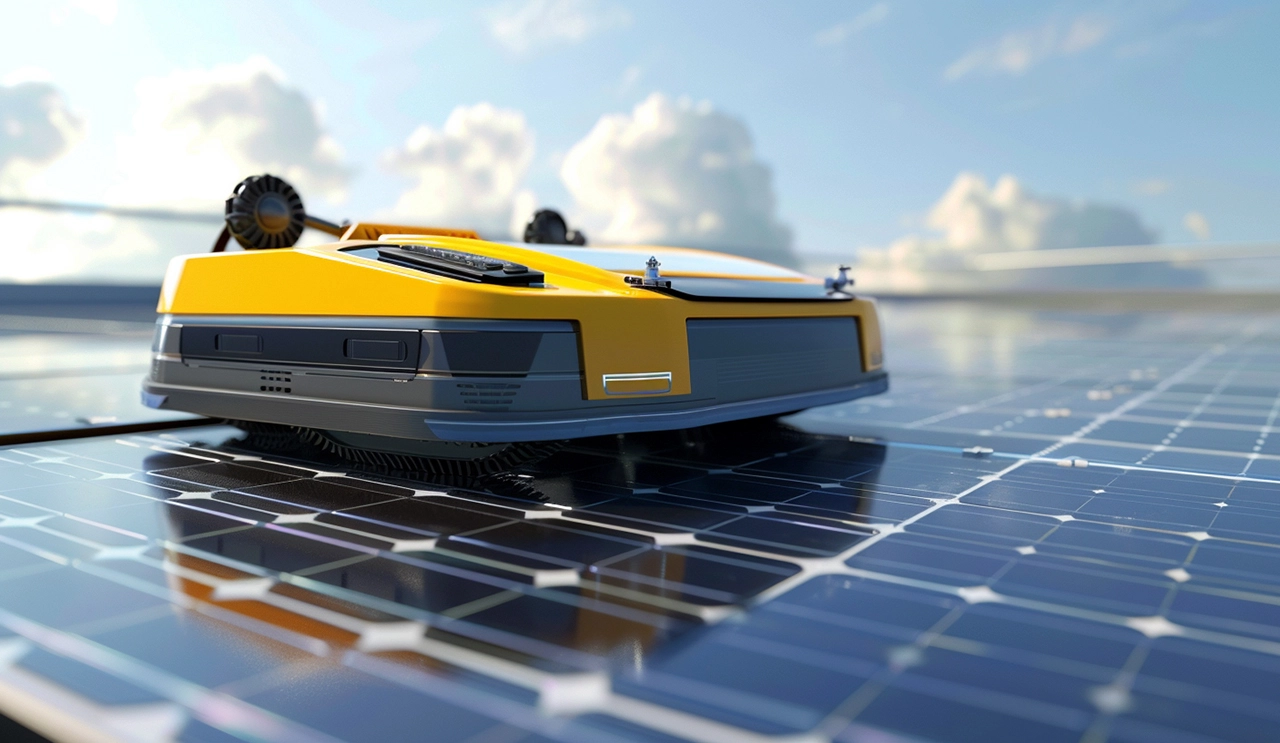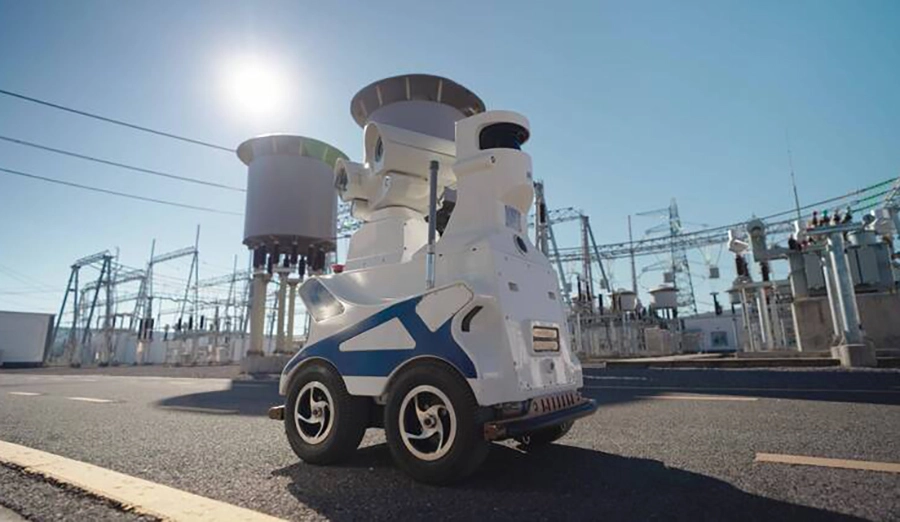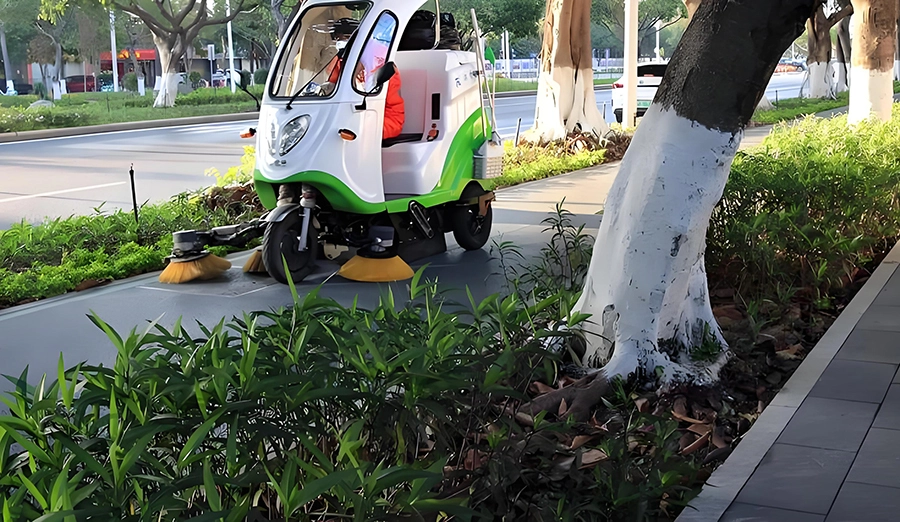
WIRELESS CHARGING IN THE NEWS
Humanoid robot wireless charging technology is experiencing unprecedented rapid development, and behind this trend is the continuous expansion of robot application scenarios and the continuous breakthrough of technical bottlenecks. With the surge in demand for humanoid robots in fields such as home services, medical care, and industrial inspection, traditional contact charging methods have been unable to meet the requirements of all-weather work. Wireless charging technology not only solves the problem of mechanical wear caused by frequent insertion and removal through non-physical contact energy transmission, but also enables the robot to achieve autonomous endurance in a true sense. The first integrated wireless charging module of the Tesla Optimus in 2024 achieved an effective transmission distance of 5cm at 92% efficiency, marking the beginning of the large-scale commercial phase of this technology.
Current technological breakthroughs are mainly concentrated in three dimensions: magnetic resonance coupling technology can control the energy loss within 8%, and the MIT laboratory has even achieved a stable power supply at a distance of 30cm; The adaptive alignment system uses UWB precise positioning and servo motor coordination to achieve error tolerance of ±15cm. Boston Dynamics Atlas has demonstrated the ability to charge on the go. The composite energy management system, through the combination of wireless fast charging and solid-state batteries, will increase the charging speed by three times while the cycle life exceeds 100,000 times. These technological advances are quickly being translated into practical applications: Samsung's intelligent butler robot automatically charges the standby area through an embedded coil in the floor, extending the daily working time to 22 hours; ABB's Yumi series uses a suspension charging system on the automobile assembly line, creating an efficient rhythm of 2 hours and 10 minutes of charging; The Da Vinci surgical robot also completes energy replenishment under the premise of ensuring zero electromagnetic interference through a medical-grade wireless charging module.
Looking to the future, the industry is moving towards standardization, networking and lightweight. IEEE plans to launch a wireless charging protocol specifically for robots in 2026, unifying the operating voltage range of 15-48V; The Room-Scale charging technology developed by Apple attempts to achieve 20W continuous power supply within a 5m radius through 6GHz band microwave; The application of graphene coils is expected to reduce the weight of the charging module by 60%, and Foxconn has announced plans for mass production in 2025. Market data show that the global humanoid robot wireless charging scale is expanding at an average annual growth rate of 41.2%, and will reach $2.8 billion in 2027. This technology has evolved from a simple means of power supply to a key factor determining the autonomy of robots, and its development trajectory will directly affect the functional boundaries and morphological design of the next generation of robots, and ultimately reshape the basic mode of human-computer interaction.







